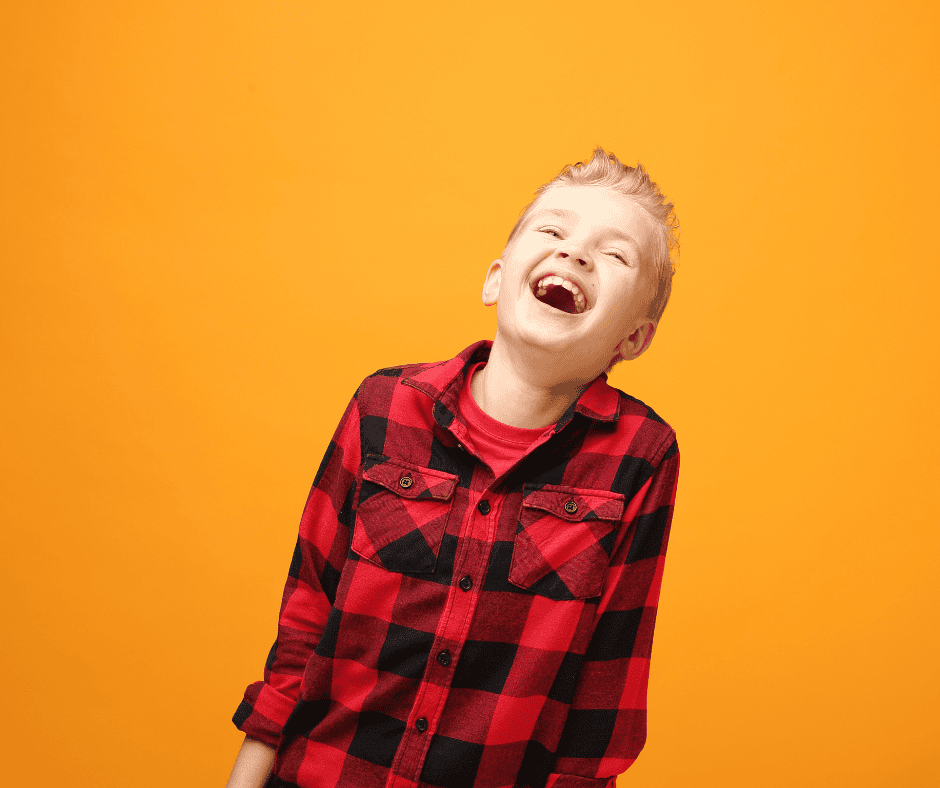Mindfulness is a powerful tool for helping children with ADHD improve focus, reduce anxiety, and manage their emotions more effectively. While ADHD often involves struggles with attention, impulse control, and emotional regulation, mindfulness techniques can offer a calming way to teach children how to be present and in control of their thoughts and feelings. In this blog, we’ll explore how mindfulness can benefit children with ADHD and introduce some simple techniques that can be easily integrated into their daily routines.
What is Mindfulness?
Mindfulness involves paying attention to the present moment without judgment. It encourages a heightened awareness of thoughts, feelings, and surroundings. For children with ADHD, this practice can help slow down their racing thoughts, allowing them to better focus on the task at hand. Mindfulness can also assist with emotional regulation, offering children tools to cope with feelings of frustration, anxiety, or impulsivity.
How Mindfulness Helps Children with ADHD
Mindfulness has been shown to have numerous benefits for children with ADHD. Here are some of the key ways it can help:
- Improved Focus
Mindfulness exercises train the brain to stay in the moment. For children with ADHD, this can improve their ability to focus on one task at a time, reducing distractions and increasing productivity. - Reduced Anxiety
Many children with ADHD also experience heightened levels of anxiety. Mindfulness helps calm the mind and body, making it easier for kids to manage their stress. - Better Emotional Regulation
Emotional outbursts are common in children with ADHD. Mindfulness teaches kids to recognize their emotions without being overwhelmed by them, allowing for better emotional control. - Increased Awareness of Impulses
Impulsivity is a hallmark of ADHD. Mindfulness practices can help children develop greater awareness of their impulses, giving them the space to think before acting.
Mindfulness Techniques for Kids with ADHD
Introducing mindfulness to children doesn’t have to be complicated. Here are some simple and effective techniques that can help children with ADHD improve focus, reduce anxiety, and manage emotions.
1. Breathing Exercises
Breathing exercises are one of the easiest mindfulness techniques to teach children. Deep, controlled breathing helps activate the parasympathetic nervous system, promoting relaxation and calm.
How to practice:
- Ask your child to sit comfortably, either in a chair or on the floor.
- Have them close their eyes and take slow, deep breaths in through the nose, holding for a moment, and then exhaling slowly through the mouth.
- Encourage them to focus solely on their breathing, noticing the rise and fall of their chest or the sensation of the air moving through their nose.
This simple exercise can help children regain focus and feel more centered during moments of stress.
2. Body Scan Meditation
Body scan meditation is a mindfulness technique that encourages children to pay attention to physical sensations in their body. It promotes relaxation and helps children with ADHD tune into how they are feeling.
How to practice:
- Have your child lie down in a comfortable space with their eyes closed.
- Slowly guide them to focus on each part of their body, starting from the toes and moving up to the head.
- Encourage them to notice how each part of their body feels, whether it’s tight, relaxed, warm, or cool.
This exercise helps kids develop body awareness and calm their mind by shifting attention away from distracting thoughts.
3. Mindful Listening
Mindful listening is a great exercise for improving focus and concentration. By honing in on sounds, children can practice staying in the moment and filtering out distractions.
How to practice:
- Sit in a quiet space with your child and close your eyes together.
- Ask your child to focus on the sounds they hear around them. It could be the ticking of a clock, birds chirping, or distant conversations.
- Encourage them to listen closely without trying to identify or analyze the sounds, just being aware of them as they come and go.
This exercise can help children improve their auditory focus and calm their minds.
4. Gratitude Journaling
Gratitude journaling is a mindful practice that encourages children to reflect on positive experiences or things they are grateful for. It can shift their focus from feelings of frustration or anxiety to positivity and appreciation.
How to practice:
- Set aside time each day for your child to write down (or draw) three things they are grateful for.
- Encourage them to think about both big and small things, from a fun playdate to their favorite snack.
By focusing on gratitude, children with ADHD can shift their mindset and improve emotional regulation.
5. Mindful Walking
Mindful walking is a great way to practice mindfulness in a fun and active way. This technique helps children with ADHD connect with their surroundings and stay in the present moment.
How to practice:
- Take a walk with your child in a quiet area, like a park or your neighborhood.
- Encourage them to focus on how their feet feel as they walk—paying attention to the sensation of the ground beneath them.
- Ask them to notice the sights, smells, and sounds around them as they walk, without rushing.
This simple technique can help children slow down, focus, and feel more grounded.
Integrating Mindfulness into Daily Routines
Consistency is key when it comes to practicing mindfulness. You don’t need to set aside hours each day, but regularly incorporating mindfulness into your child’s daily routine can make a big difference over time. Whether it’s practicing a quick breathing exercise before school or taking a mindful walk after dinner, these techniques can become an effective part of their ADHD management plan.
Conclusion
Mindfulness offers children with ADHD powerful tools to improve focus, reduce anxiety, and regulate their emotions. By practicing simple mindfulness exercises regularly, children can learn to manage their ADHD symptoms in a calm and empowered way. The key is to start small, be consistent, and make mindfulness fun and engaging for your child.
For more support on ADHD management, book a free discovery call for additional resources and guidance.






